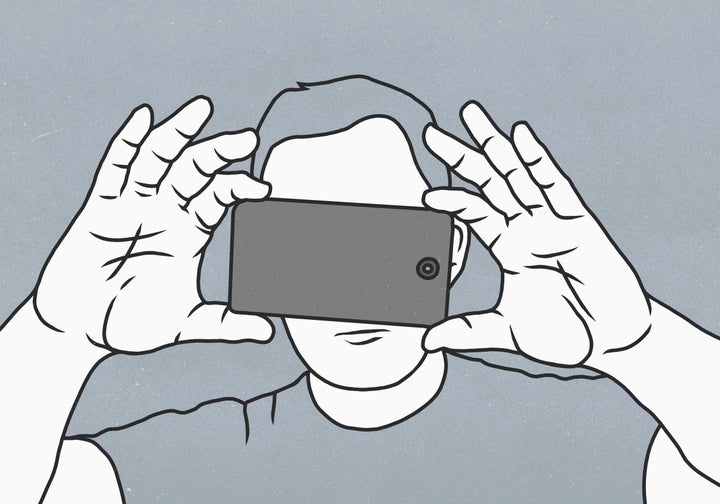It’s highly likely the UK has never had cleaner hands. But the same can’t be said of the devices we insist on touching immediately after washing off all those potentially dodgy germs.
A new study suggests the virus responsible for Covid-19 could live on our phone screens for up to a month. Australia’s national science agency CSIRO found the virus was “extremely robust” at 20C (68F), or room temperature, and survived for less time at hotter temperatures.
Dr Debbie Eagles, deputy director of the Australian Centre for Disease Preparedness, said: “For context, similar experiments for Influenza A have found that it survived on surfaces for 17 days, which highlights just how resilient SARS-CoV-2 is.”
There’s lots of advice out there about hand-washing at all opportunities to deter Covid-19. But what should we be doing with our phones, tablets, kindles and work devices?

Earlier in the pandemic, Public Health England (PHE) said we should be cleaning and disinfecting “regularly touched objects and surfaces using regular cleaning products”. Academics suggest that people should do this twice a day.
Researchers have suggested germs can be efficiently inactivated by surface disinfection procedures with 62–71% ethanol, 0.5% hydrogen peroxide or 0.1% sodium hypochlorite within one minute.
But there are concerns that using harsh cleaning products (like disinfectant wipes) could actually damage fingerprint-resistant coatings on smartphone screens. So, what’s the solution?
How to clean your phone properly
When cleaning your phone you should ensure it’s disconnected from any external power supplies and switched off.
Apple’s guidance says people can gently wipe the exterior surfaces of their iPhone with a 70% isopropyl alcohol wipe or Clorox Disinfecting Wipes.
“Don’t use bleach,” it advises. “Avoid getting moisture in any openings, and don’t submerge your iPhone in any cleaning agents.”
Be warned though: your iPhone has a fingerprint-resistant oleophobic – or oil repellent – coating so using cleaning products and abrasive materials on the screen will eventually diminish the coating and may scratch your phone.
Galaxy devices can be cleaned using a lint-free, soft microfibre cleaning cloth and disinfectant, such as a hypochlorous acid-based solution (containing 50-80ppm) or an alcohol-based solution (containing more than 70% ethanol or isopropyl alcohol).
The company warns not to apply these liquid solutions directly to your device however; they should be carefully applied to the cloth instead.
With Huawei phones, the advice is similar. It advises customers to spray an appropriate amount of 75% medical alcohol onto a soft lint-free cloth, and then gently wipe the screen, rear cover, and sides of the phone from top to bottom.
When cleaning any phone, regardless of make, you shouldn’t wipe the areas around charging or headphone ports or the flash light.
If you do want to avoid any screen issues later down the line, perhaps it’s worth heeding the advice of Todd Haselton, CNBC’s technology product editor. He recommends buying a cheap screen protector and then using Clorox or Lysol wipes to clean your smartphone, making sure to do the sides and back, but not where the ports are.
And make sure you wash your hands after touching your phone – and don’t use it while you’re eating.